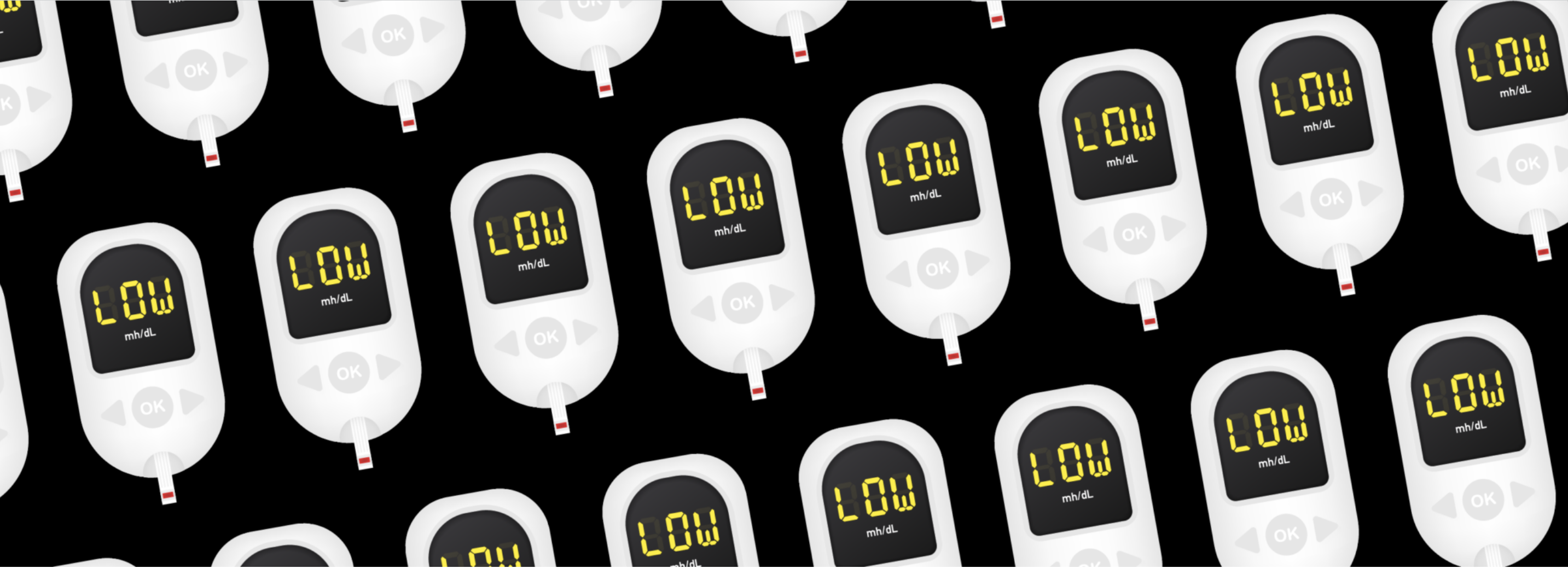How Walking Helps with Weight—and Other Things—if You Live with Diabetes
Written by: Daniel Trecroci
5 minute read
September 19, 2024
Physical activity plays a crucial role in managing diabetes, and walking is an easy, effective way to get started. Walking helps with weight and is an easy, low-impact way to manage diabetes by improving blood sugar.
By walking on a regular basis, you can also:
- Improve cardiovascular health
- Reduce insulin resistance, and
- Feel more energized
How Walking Helps with Weight
Walking is accessible to many, making it a convenient way to incorporate movement into your routine.
- Regular walking is a powerful tool for weight management, especially for people with diabetes.
- Walking burns calories, helping you shed pounds or maintain a healthy weight.
- Regular walking improves insulin sensitivity, helping your body use insulin more effectively for better blood sugar management.
- Incorporating walking into your routine can lower your risk of diabetes-related complications—like heart disease.
- Walking doesn’t require special equipment, making it accessible for everyone.
- Whether you walk 30 minutes per day or take shorter walks, the combined effects can improve blood sugar levels and support diabetes management.
Walking Improves Blood Sugar Management
Walking is also an effective way to improve blood sugar managemenet.
Studies have shown that regular walking can help lower blood sugar levels by increasing insulin sensitivity, allowing your body to use glucose more efficiently.
- Walking after meals is particularly beneficial, as it helps prevent post-meal blood sugar spikes.
- Even a short, 10- to 15-minute walk after eating can have a significant impact on blood sugar levels.
- Consistent walking also promotes better long-term glucose management
Whether you’re aiming to immediately improve your blood sugar after meals or maintain better management overall, walking is an easy, low-impact way to support your diabetes management.
Walking as a Heart-Healthy Activity
Diabetes significantly increases the risk of heart disease, making it crucial to focus on heart health.
Walking is a simple yet effective way to support cardiovascular well-being.
Whether you’re walking briskly or at a comfortable pace, this low-impact exercise is an excellent way to protect your heart and manage diabetes effectively.
- Studies have shown that consistent walking can:
- Reduce LDL cholesterol (the “bad” cholesterol) and
- Increase HDL cholesterol (the “good” cholesterol), which helps prevent heart disease.
- Regular walking can help:
- Lower blood pressure
- Improve circulation
By incorporating walking into your routine, you enhance your heart health and gain additional benefits, such as improved blood sugar and weight management.
Mental Health and Stress Relief Through Walking
Walking offers significant mental health benefits, particularly for those managing diabetes.
- Regular walking can help alleviate:
- Stress
- Anxiety, and
- Depression
- Engaging in this physical activity triggers the release of endorphins, which are natural mood lifters that help reduce feelings of stress and anxiety.
- Improved mental health from walking can also positively impact blood sugar levels.
- When stress is effectively managed, it helps regulate hormones that influence blood sugar, leading to more stable glucose levels.
- Additionally, the sense of accomplishment and relaxation from walking can contribute to a healthier lifestyle, making it easier to stick to diabetes management plans.
By incorporating walking into your routine, you not only support your physical health but also bolster your mental resilience, creating a holistic approach to managing diabetes.
4 Easy Ways to Incorporate Walking Into Your Routine
Incorporating walking into your daily routine can be easy and effective, even with a busy schedule.
1. Start Small
- Start by setting small, achievable goals to make walking a regular part of your day.
- One simple tip is to park farther from your destination, giving yourself extra steps as you walk to and from your car.
- If you use public transportation, consider getting off one stop early and walking the rest of the way.
2. Take Short Walks After Meals
- Taking short walks after meals is another practical strategy.
- Just 10-15 minutes of walking after eating can help manage blood sugar levels and prevent post-meal spikes.
3. Integrate Walking Into Your Work Day
- You can also integrate walking into your workday by:
- Taking brief walking breaks or
- Using a standing desk to encourage more movement.
4. Aim for 30 Minutes Per Day
- Consistency is key, so aim to walk at least 30 minutes most days of the week.
- To keep things interesting, vary your routes or walk with a friend.
- Even short bursts of walking can add up and contribute to weight loss and improved diabetes management.
- By making walking a regular part of your routine, you’ll support both your physical and mental health.
Embrace Walking as a Powerful Tool
Walking is a highly effective, low-impact exercise that supports weight loss and enhances diabetes management.
By integrating regular walks into your routine, you can improve blood sugar managemenet, boost heart health, and alleviate stress.
Whether you start with short post-meal walks or park farther away, every step counts towards a healthier lifestyle.
Embrace walking as a simple yet powerful tool in your journey towards better health and weight management with diabetes.
Consult Your Doctor Before Starting an Exercise Routine
This article is not medical advice.
Before starting any new exercise routine, consult your healthcare provider. They can offer personalized guidance based on your health status and goals, ensuring that your activities are safe and effective.
This content was made possible by Lilly, a Founding Partner of Beyond Type 2.
Beyond Type 2 maintains editorial control over its content.
Related Resources

Hypoglycemia and severe hypoglycemia are two things against which all people with diabetes should be...
Read more

Whether or not you have type 2 diabetes, you must eat. You must also pay...
Read more

If you have diabetes, you know how important it is to control your blood-sugar levels...
Read more


